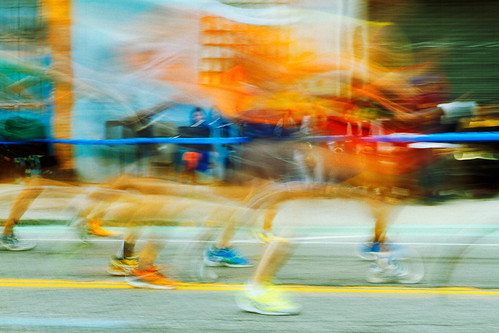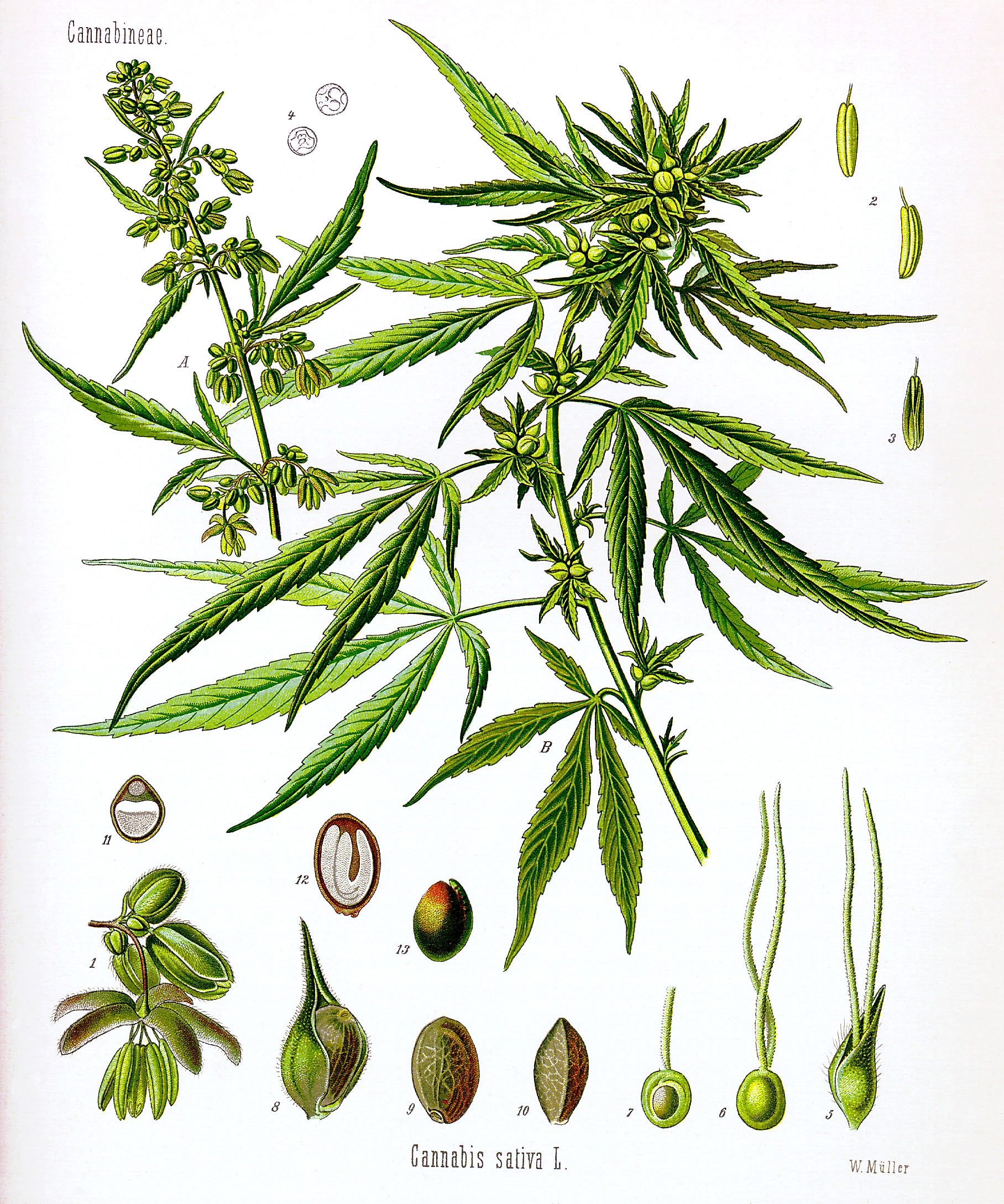
I really enjoyed this film and looking forward to volume 2. It’s definitely a film, not a movie. There is depiction of sex (simulated and real) with lots of frontal nudity. Sex doubles were used for penetrative sex, as stated in the end credits, to distinguish it from pornography. I think maybe it's because for many people images of naked bodies engaged in sex, independent of director's intentions, will get aroused. Pornography is intended to arouse, but films are not. But, we all know how men love to "read" Victoria’s Secret catalog.
I am not sure what Volume 2 has in store, but I think Lars Von Trier, who is Danish, is looking at sex from a philosophical point of view, as in what it can represent to different people and its many functions, and how it relates to pleasure and pain.
SPOILER ALERT!
Joe, the nymphomaniac, shares/confesses her sexual history to Seligman, an innocent, asexual (so far), rescuer/listener. His passion is fly-fishing and at first likens her compulsive sexual behavior to fishing: studying the environment, learning the behavior of the fish, baiting, hooking and finally catching the prize.
However, as her exploits become more compulsive, he becomes concerned about her her lack of ethics. Joe either ignores or doesn’t care that her sexual compulsions are hurting others, and she constantly lies. Not surprisingly, Joe’s alienation grows in proportion to the frequency of sexual encounters. Like addicts addicted to drugs and alcohol, Joe engages in addictive behaviors to not feel (to stuff her feelings), but over time she needs more and more to maintain feeling "normal."
Joe's best friend/partner in fishing for sex leaves her after falling in love and tells Joe that the secret ingredient to sex is love. In response, Joe says love is just lust with jealousy. But when she does fall in love and finds that love indeed improves sex, she is horrified to discover that she can’t FEEL anything, including love or sexual pleasure.
An aside which I find really interesting: The word nymphomaniac came about in the 18th century and is specific to women. Its counterpart for men is satyriasis, and both words mean abnormal or deviant craving for sex.
The word nymphomania has two roots. Seligman connected nymphomania to the nymph (immature insect) used in fishing. This meaning originates from Greek mythology — nymph is a beautiful young female wood sprite. But the Latinate nymphae refers to the the inner labia of the vagina, and the definition of mania is obvious. Clearly, Joe sees herself as a nymphomaniac in the Latin sense.
Interestingly, Von Trier alludes to electra complex by portraying the mother as emotionally cold and distant. Her father at death’s throes calls for her mother even though it was Joe who had been at his side. The mother appears only after the death and leaves the corpse of her husband without so much a word to Joe. The conflict is too neat; mothers have been blamed for all kinds of neurosis since the invention of psychology. I think a more realistic or nuanced way to explain development of mental illness (including addiction) is inadequate attachment and lack of love. And it's not necessarily just about the parents, it's about the environment as a whole. But I do agree that it is always about the childhood.
However, as her exploits become more compulsive, he becomes concerned about her her lack of ethics. Joe either ignores or doesn’t care that her sexual compulsions are hurting others, and she constantly lies. Not surprisingly, Joe’s alienation grows in proportion to the frequency of sexual encounters. Like addicts addicted to drugs and alcohol, Joe engages in addictive behaviors to not feel (to stuff her feelings), but over time she needs more and more to maintain feeling "normal."
Joe's best friend/partner in fishing for sex leaves her after falling in love and tells Joe that the secret ingredient to sex is love. In response, Joe says love is just lust with jealousy. But when she does fall in love and finds that love indeed improves sex, she is horrified to discover that she can’t FEEL anything, including love or sexual pleasure.
An aside which I find really interesting: The word nymphomaniac came about in the 18th century and is specific to women. Its counterpart for men is satyriasis, and both words mean abnormal or deviant craving for sex.
The word nymphomania has two roots. Seligman connected nymphomania to the nymph (immature insect) used in fishing. This meaning originates from Greek mythology — nymph is a beautiful young female wood sprite. But the Latinate nymphae refers to the the inner labia of the vagina, and the definition of mania is obvious. Clearly, Joe sees herself as a nymphomaniac in the Latin sense.
Interestingly, Von Trier alludes to electra complex by portraying the mother as emotionally cold and distant. Her father at death’s throes calls for her mother even though it was Joe who had been at his side. The mother appears only after the death and leaves the corpse of her husband without so much a word to Joe. The conflict is too neat; mothers have been blamed for all kinds of neurosis since the invention of psychology. I think a more realistic or nuanced way to explain development of mental illness (including addiction) is inadequate attachment and lack of love. And it's not necessarily just about the parents, it's about the environment as a whole. But I do agree that it is always about the childhood.





